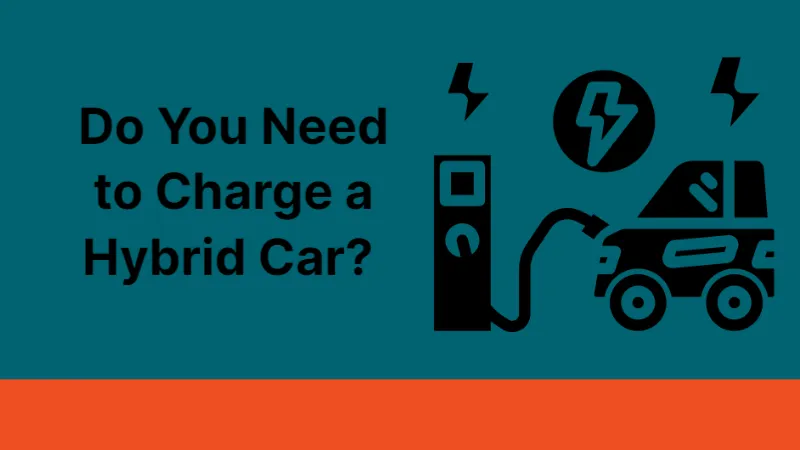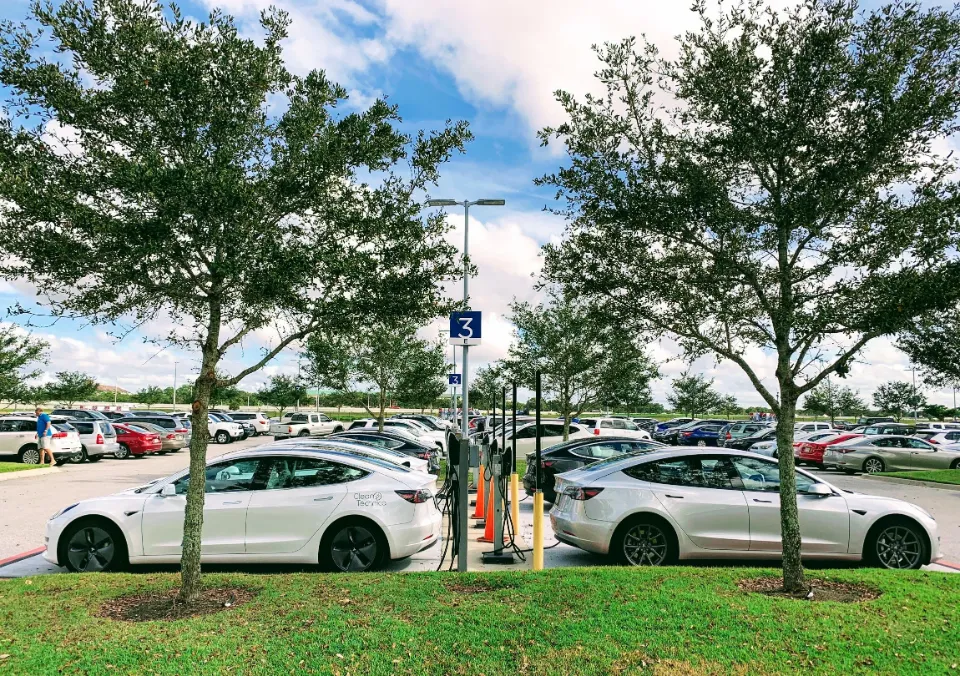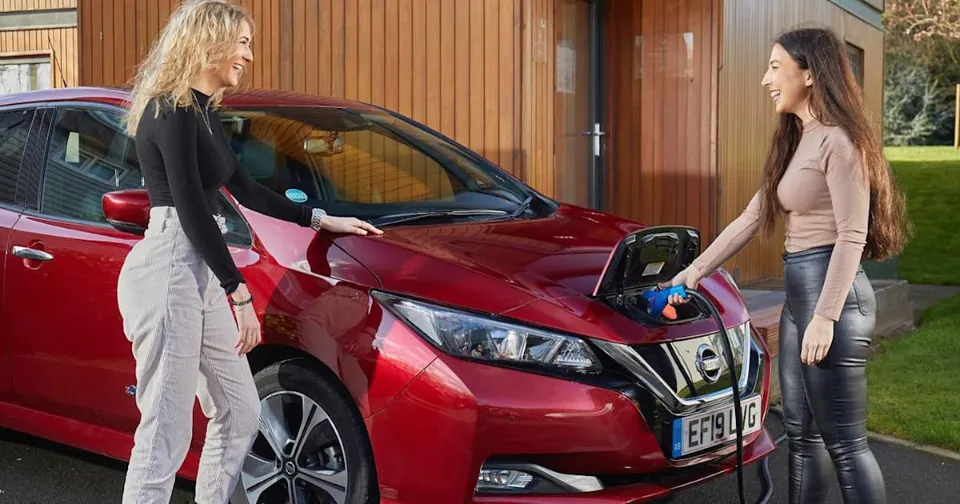To begin with, do you need to charge a hybrid car? Yes and no. With all the new EVs and some hybrids, we talk a lot about charging, range, and charging time. The discussion surrounding hybrids can be perplexing for many consumers.
There are two different kinds of hybrid vehicles on the market today; Hybrid Electric Vehicles (HEVs) and Plug-in Hybrid Electric Vehicles (PHEVs). Please read on.
How Do Hybrids Work?
A battery pack, an electric motor, and a gas engine are all included in hybrid vehicles. The wheels can be driven by either the gas engine or the electric motor on their own or together. The hybrid battery supplies power to the electric motor, which can power the vehicle at low speeds and enable the gas engine to be turned off. When the battery needs to be recharged or when traveling at higher speeds or up hills, the gas engine engages. Regenerative braking is another feature of hybrid cars, which uses the momentum of the vehicle as it slows down or coasts to generate extra electricity. (A hybrid car runs on both gas and electricity. The face of environmentally friendly driving options has been drastically altered by this technology. Read on to find out more about Hybrid Car Batteries.)
“Hybrids are so fuel-efficient because they utilize energy that would otherwise be wasted,” says Senior director of the Auto Test Center at CR is Jake Fisher. “When you step on the brakes, a large portion of the energy that would have heated the brake pads instead creates electricity for the electric motor.”
One of the benefits of a hybrid over a pure electric vehicle (EV) is that a hybrid can be driven long distances, filling up at gas stations along the way. As soon as the range is exhausted, pure EVs need to be recharged.
Modern plug-in hybrid vehicles (PHEVs) function largely in the same way, with the addition of the capability to recharge the hybrid battery by plugging it into a wall outlet or charging station. Owners of PHEVs might be able to do this to travel a short distance using only electric power. Question: What are Hybrids Vs. Plug-in Hybrids, and how do the two types of vehicle compare?
Editor’s Tip: Here’s the answer to “How Do Plug-In Hybrid Electric Cars Work?” In plug-in hybrid electric vehicles (PHEVs), an internal combustion engine (ICE) is powered by another fuel, such as gasoline, while an electric motor is powered by batteries. The ICE, a wall outlet, a charging device, or regenerative braking can all be used to charge PHEV batteries. Usually, the car runs on electricity until the battery is almost completely gone, at which point it switches over to using ICE.
When considering a gasoline/electric vehicle, take a quick look at the benefits of hybrid cars to see how many of these features you may not have previously thought about. The benefits of hybrid cars include Reducing Fuel Costs, Fewer Emissions, Instant Torque, No Idling, Tax Incentives…
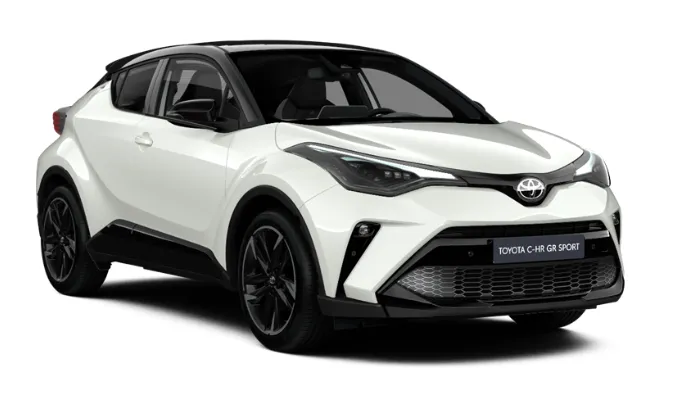
Is Charging a Hybrid Car Battery Always Necessary?
First things first: not all hybrid vehicles are created equal. Many of our customers in New London are surprised to learn that there are two types of hybrid vehicles of this type: hybrid and plug-in hybrid. Plug-in hybrids, as their names imply, need to be plugged into an outlet in order to charge their batteries; hybrid vehicles do not. This is due to the gas engine in a hybrid vehicle constantly operating alongside the electric motor, which charges the battery. However, plug-in hybrid vehicles have larger battery packs and can occasionally run entirely on electricity.
Suggested reading: Thankfully, the market for used hybrids is rich enough for us to pick and choose those with the highest safety and reliability ratings, plus low overall cost of ownership. The best used hybrid cars are those listed here.
How to Charge a Hybrid Car Battery?
So what if your car is a plug-in hybrid? So how does the process of charging a hybrid car battery work? There are three different charging techniques, and each one requires a different amount of time to finish.
How to Charge a Hybrid Car Battery
- The cord that comes with the car is plugged into a wall outlet for Level 1 Home AC Charging (120V). About 24 hours to reach 100%.
- Level 2 Home AC Charging (240V) – This uses a charging unit that must be professionally installed. About 4-5 hours to reach full charge.
- Fast Public DC Charging: Requires a public charging station. With time, the Branford region will see an increase in these. They provide a 30-minute charge that gets you up to 80%.
Editor’s Advice: How Much Does a Hybrid Battery Cost? Compared to conventional gasoline-only vehicles, hybrids use different batteries, and their prices range from $1,000 to $8,000. The final cost you’ll incur is determined by the make and model of your car as well as whether you choose a new or refurbished battery.
Do Plug-In Hybrids Need to Be Plugged In?
No, a plug-in hybrid will still function even if it is never plugged in. Plug-in hybrids can be charged to run on mostly electric power for the first 25 to 50 miles before switching to regular hybrid operation. The Ford Escape PHEV, Hyundai Tucson PHEV, Toyota RAV4 Prime, and the BMW X5 xDrive45e are some examples. Contrary to regular hybrid vehicles, some of them even qualify for federal tax credits.
With the ability to drive primarily on electricity and save the gas engine for longer trips, PHEVs are perfect for drivers who frequently make short trips. Because they can avoid using the gas engine, PHEV owners who charge every day save money. For lengthy commutes, a PHEV is not practical. Most PHEVs have fuel economy that may be worse than their equivalent regular hybrid when the short electric range is exhausted because of their added weight. An example would be the 35 mpg that our RAV4 Prime used after the first 40 miles of its primarily electric drive were completed. A standard RAV4 hybrid consistently got 37 mpg. (Are hybrid cars good for long distance driving? How far a typical hybrid can travel will be covered in this blog.)
In some cases, a PHEV’s fuel efficiency will be worse than a gas-only vehicle if you don’t plug it in. When the BMW 330e xDrive sedan’s 20-mile electric range is depleted, for instance, it still only achieves 25 mpg, which is 3 mpg less than the conventional 330i xDrive’s 28 mpg EPA rating. (Although CR has not formally tested the 330e, our 330i returned an overall mileage of 29 mpg.)
For many, but not all, people, PHEVs are a fantastic solution.
Editor’s tip: Just like with all cars, your Prius’ battery will eventually need to be replaced. But when will that be? How long do Toyota Prius batteries last?
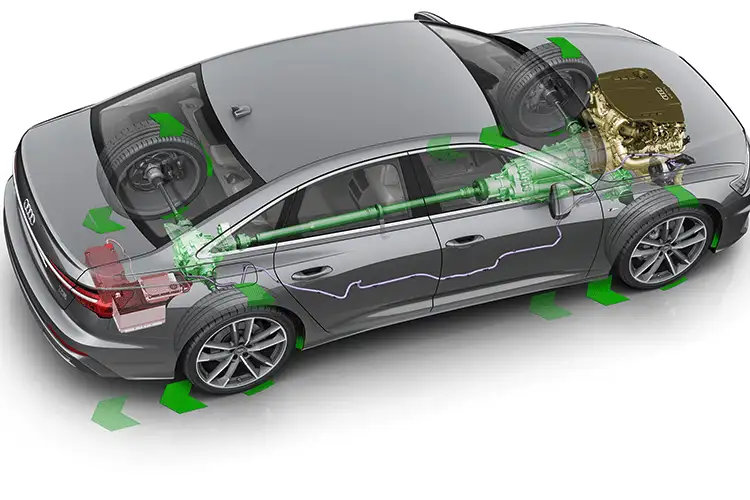
Do You Need to Charge a Mild Hybrid?
The manual charging of mild hybrids is not possible. A self-contained system, mild hybrid technology controls charging through software and microchips. Mild hybrid vehicles are designed to recharge their batteries when doing so will have the least negative impact on either fuel efficiency or, in some cases, acceleration.
Importantly, a mild hybrid system is doomed because it can only support an engine; without gasoline or diesel, it cannot function. The best way to think of these is as typical gasoline or diesel vehicles with a little fuel-saving electric assistance.
A mild hybrid battery pack can be refilled using one of two methods. By using regenerative braking, to start. When the driver applies the brakes, the electric motor in effect reverses to slow the vehicle down and restore a small amount of battery charge. The second scenario involves using the engine as a generator to recharge the battery pack.
Here is a quick look at Hybrid Vs Gas Car. A gas-powered car only has a traditional gas engine, while a hybrid vehicle also has an electric motor. Since hybrid vehicles can switch between their gas and electric motors while being driven, they typically have higher fuel efficiency than their gasoline-powered counterparts.
Read about How Do Hybrid Cars Work?
How Long Do Hybrid Batteries Last, and Are They Covered by a Warranty?
The electric motor in hybrid vehicles is powered by a battery. Despite the fact that they can cost around $7,400 to replace, according to RepairPal, CR’s reliability surveys show that such replacements are infrequent. Many hybrid batteries have a lifespan of more than 200,000 miles.
If the battery does break, the car company might foot the bill for a new one. In the majority of states, hybrid battery warranties must last for eight years and 80,000 miles. They must provide a 10-year or 150,000-mile warranty in about 10 states. This is due to the fact that hybrid batteries are a component of an emissions control system, and emissions-related parts frequently have different warranties than other parts of the car.
To be clear, we’re not referring to starter batteries that are available off-the-shelf at the majority of auto parts stores when we discuss hybrid batteries. Most people just call these “car batteries,” they usually cost less than $250, and they last between three and five years. In addition to the durable hybrid battery that powers the electric motor, many hybrids also have a starter battery.
Related: How Long Do Hybrid Car Batteries Last? About 100,000 miles should be covered by the majority of hybrid batteries. Some owners are able to increase this number to 200,000 with excellent maintenance.
Summary: Do You Need to Charge a Hybrid?
Similar to mild hybrids, a traditional hybrid’s battery can be recharged simply by continuing to drive. Because the engine must be used as a generator and regenerative braking is required, charge cannot be added in any other way.
Traditional hybrids require more time to charge because of the size of the battery packs they use, but they also last longer and offer more electric assistance. Therefore, you can anticipate that a hybrid will be more economical than a comparable mild hybrid.

